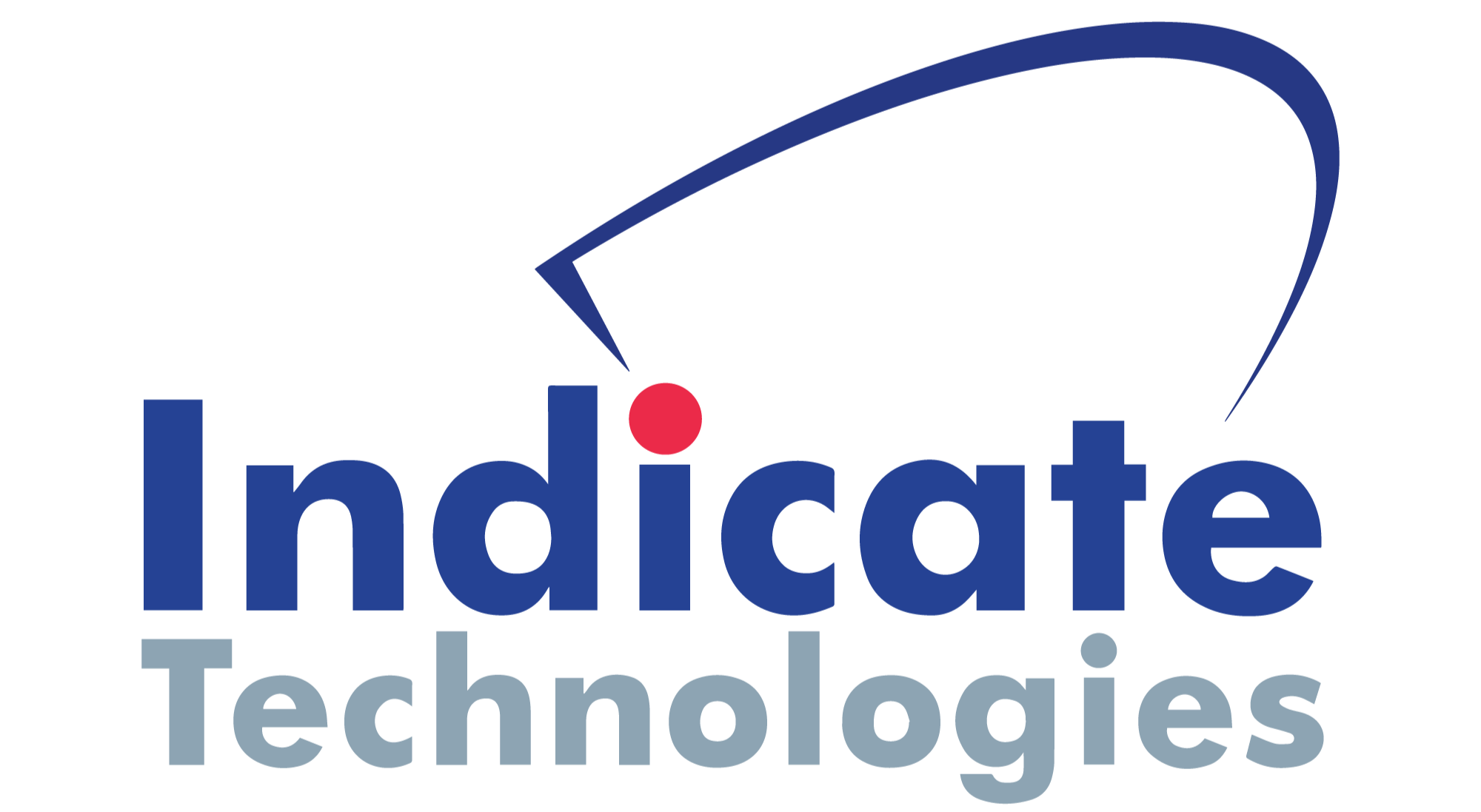MultiJet Printing (MJP) materials include a wide range of functional, precision plastics, elastomeric, multi-material composites, and wax, enabling a broad set of applications for concept modeling, functional prototyping, rapid tooling, investment casting, and medical applications requiring biocompatibility.
Rigid – For MJP parts that look and feel like injection-molded parts, available in a variety of colors from white, black, clear, to gray and tan.
Elastomeric – High elongation and Shore A hardness make these materials great for MJP prototypes with rubber-like functionality.
Biocompatible – USP Class VI capable and/or compatible with ISO 10993 standards.
Multi-Material Composites – Print parts in single or several base materials, or mix multiple rigid and elastomeric materials to achieve custom performance characteristics.
Wax – Get the same melt and burn-out characteristics of standard casting waxes with VisiJet 100% wax 3D printing materials.





